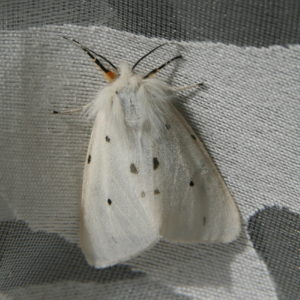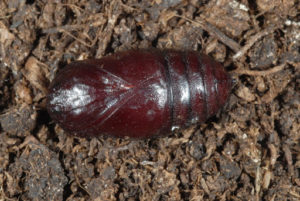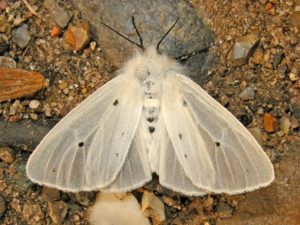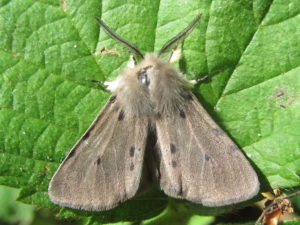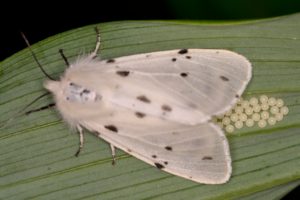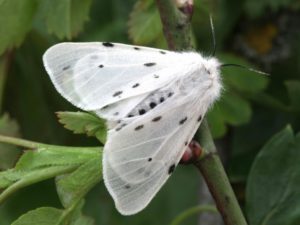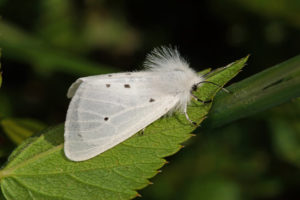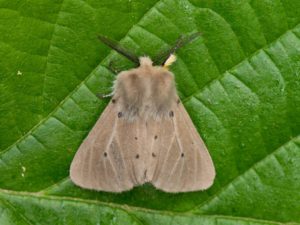Muslin Moth (Diaphora mendica)
The Muslin moth is an Erebidae moth named so because its wings remind one of its namesake fabric. Swedish entomologist Carl Alexander Clerck first named this moth in 1759.
Observation.org
Scientific Classification
- Family: Erebidae
- Genus: Diaphora
- Scientific Name: Diaphora mendica
Description and Identification
Adult Moth
Sexual Dimorphism: Present.
The main difference between both the sexes is in the color and pattern of their wings. The females also have translucent wings than their male counterparts, with the forewings measuring 17 – 19 mm. In males, it is shorter, 14-17 mm.
Also, the females can be seen during the day crawling through vegetation, while the males are nocturnal and attracted to lights.
Color and Appearance
The bodies of these moths are covered in white hair, with yellow hair seen around the thorax.
Male: When opened, the colors of the wings vary from sooty-gray to grayish-brown, with fewer black dots present on the upper parts. When closed, the grayish color and the sparsely scattered black spots remain unchanged.
In Ireland, the wing color of the male is slightly different, varying from creamy brown to creamy white.
Female: When opened,the wings are white with black spots scattered all over. When closed, the pattern remains the same, with the spots visible.
Average wingspan: 28-38 mm
Flight pattern: Consistent
Season: April – July
Quick Facts
| Distribution | Different parts of Europe, throughout the United Kingdom mainly, in England, Ireland, Wales, and Scotland; parts of Africa, and Western, Eastern, and Central Asia |
| Habitat | Downland, woodland, sand dunes, and suburban habitats |
| Lifespan of Adults | Not recorded |
| Host Plants | Birch, willow, dead-nettles, docks, dandelion, chickweed, sorrels, Purple-moor grass, Eared Sallow, and fleaworts |
| Adult Diet | Does not feed |
Scientific Classification
- Family: Erebidae
- Genus: Diaphora
- Scientific Name: Diaphora mendica

